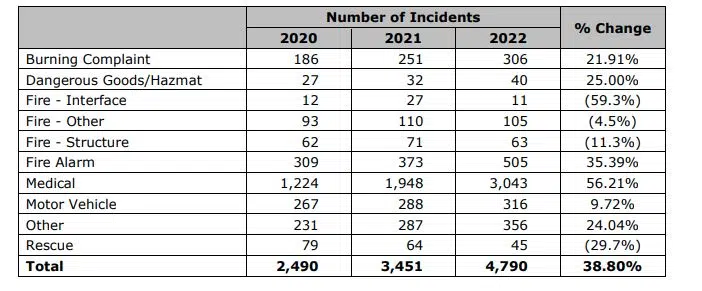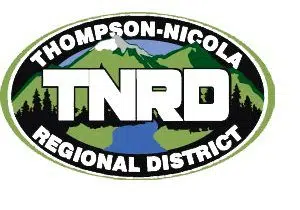
In a bid to ease some of the concerns around ambulance availability while helping to better respond to an increase in medical calls, the Chief of Kamloops Fire and Rescue is hoping to get additional training for firefighters.
Speaking on NL Newsday, Ken Uzeloc says he wants to upgrade training from the “first responder” to the “emergency medical responder” level, as he notes firefighters are often the first on scene.
Essentially, he says, it would be taking firefighters to a level of training somewhere between where they are trained to right now and to where paramedics are trained.
“Paramedics require a lot more training, a lot more equipment,” Uzeloc said.
“What we are looking to do with moving to the emergency medical responder level is to give our staff the ability to do more when they are on scene having to wait for an ambulance so they can work with patients, but also give them some better skills that hopefully we can clear sooner when we identify that they aren’t life-threatening that we’ve been sent to.”
“Even at a first responder level that we are currently at, which is the base level, the scope of practice is very limited,” he added. “In fact, over time, the scope of practice has been expanded a bit for first responders, most likely based on some of the issues that EHS is going through.”
Data from KFR shows Kamloops firefighters have responded to 3,043 medical calls in the first six months of this year, compared to 1,948 during the same time period last year.
Firefighters says they will adjust how they report medical responses to provide more details on the types of events and how long they’re on scene prior to the arrival of BC Emergency Health Services.
 “There is no doubt, I think, that everybody is aware that call volume has gone up significantly,” Assistant Chief Ryan Cail told NL News in June. “We’ve even surpassed the COVID numbers as well.”
“There is no doubt, I think, that everybody is aware that call volume has gone up significantly,” Assistant Chief Ryan Cail told NL News in June. “We’ve even surpassed the COVID numbers as well.”
“Everything from the low acuity calls, the lift assists, the routines, all the way up to the purple and red calls, which we would consider like a cardiac arrest or the imminent life threatening ones for sure.”
He also noted that Kamloops firefighters will do what they can to respond to and stay operationally ready for the increase in call volumes.
“But there could come a time where something may occur similar to the COVID time where the low acuity calls, we don’t respond to unless we get some really good intel that requires a more urgent response from KFR to assist BC Ambulance,” he said.
Uzeloc says most Kamloops firefighters would likely need to get this additional training, so that there is adequate coverage across the city.
“[We’d be working] in conjunction with with EHS [and] hopefully that would allow us to provide better updates to them which may allow us to be released sooner and not have to wait for an ambulance,” he said.
“[It may also allow us to] provide advice from EHS such as ‘this person really doesn’t need an ambulance and can take themselves to a hospital or to an urgent care facility.’ Right now, we don’t have the ability or the scope of the practice.”
While there would be a cost involved to upgrade firefighter training, Uzeloc says it would save money over the long term as Kamloops firefighters would only have to get re-certified every five years instead of every three years.
















